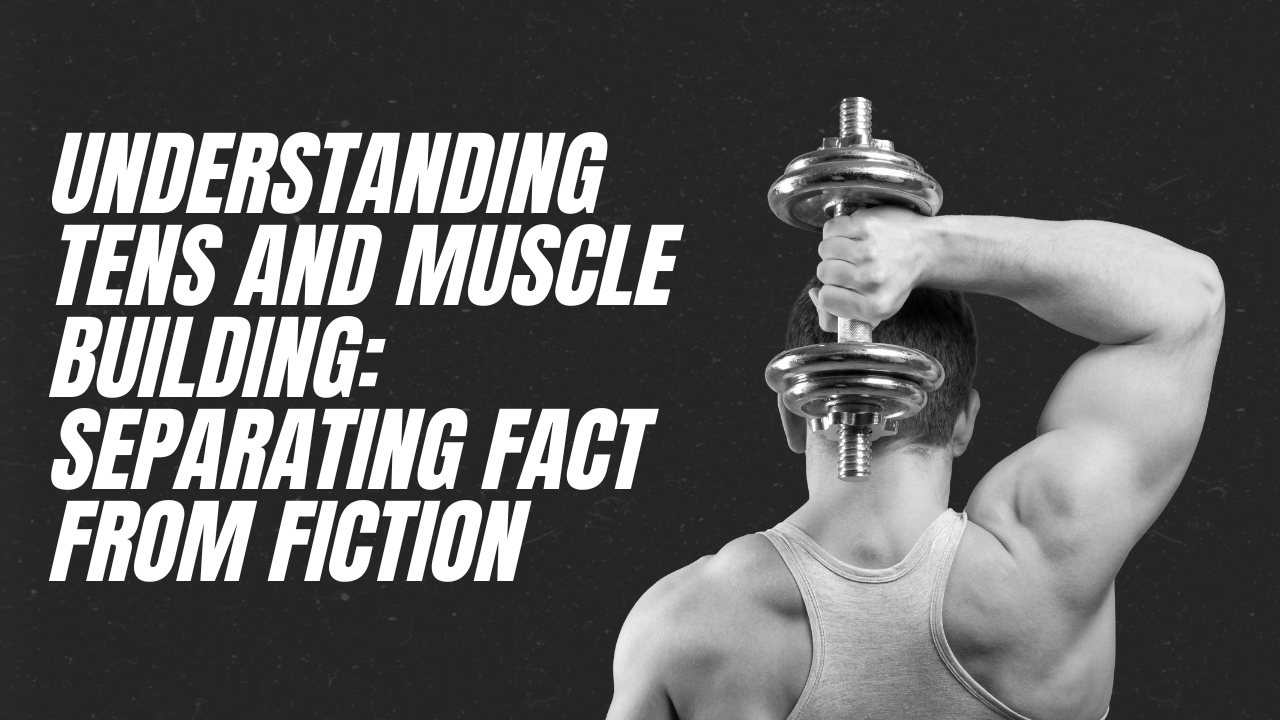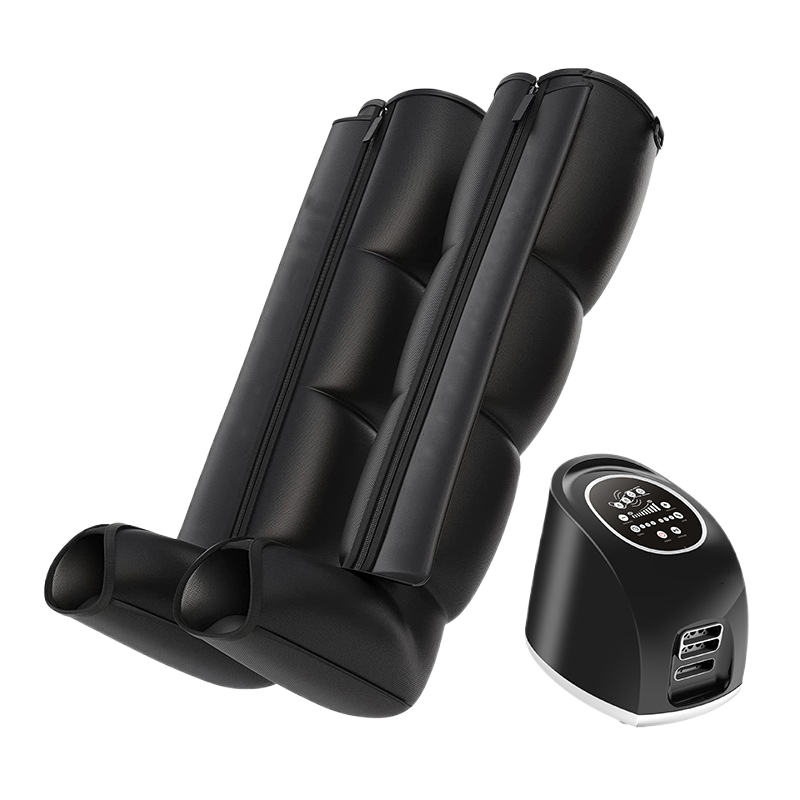Understanding TENS and Muscle Building: Separating Fact from Fiction
Transcutaneous Electrical Nerve Stimulation, or TENS, is a well-known technology in the realm of pain management and physical therapy. But can it be used to build muscle? In this article, we'll explore the relationship between TENS and muscle building, debunk common misconceptions, and provide insights on the effectiveness of TENS in this context.
What Is TENS?
TENS, or Transcutaneous Electrical Nerve Stimulation, is a non-invasive therapy that uses low-voltage electrical currents to alleviate pain. Electrode pads are placed on the skin, and the TENS unit delivers controlled electrical impulses, targeting specific nerves. It's commonly used to manage chronic pain, acute pain, and post-surgery pain.
The Role of TENS in Muscle Building
TENS therapy's primary goal is pain management, not muscle building. However, there are misconceptions that have led to the belief that TENS can promote muscle growth. Let's address these misconceptions:
1. Muscle Contraction = Muscle Building: It's a common misunderstanding that the muscle contractions induced by TENS will result in muscle growth. While TENS can indeed cause muscles to contract, the intensity and duration of these contractions are not sufficient for muscle building. True muscle hypertrophy, or growth, typically requires more significant resistance or weight-bearing exercises.
2. Spot Muscle Growth: TENS cannot target specific muscles for growth. Muscle development generally occurs systemically through resistance training, which involves exercises that specifically challenge and overload the muscles. TENS does not provide the same level of resistance as traditional strength training.
The Real Factors in Muscle Building
To build muscle effectively, focus on these key factors:
1. Resistance Training: Engage in regular resistance or strength training exercises. This can include lifting weights, performing bodyweight exercises, or using resistance bands. These exercises provide the necessary stimulus for muscle growth.
2. Diet: A balanced diet with sufficient protein is essential for muscle recovery and growth. Ensure you're consuming the right nutrients to support your fitness goals.
3. Rest and Recovery: Muscles need time to recover and grow. Overtraining can hinder muscle development, so prioritize adequate rest and sleep.
4. Consistency: Consistency in your workouts and diet is crucial. Muscle building is a gradual process that requires commitment and time.
The Bottom Line
While TENS technology is valuable for pain management, it is not an effective method for building muscle. To achieve muscle growth, engage in structured resistance training programs, maintain a balanced diet, and prioritize recovery.





